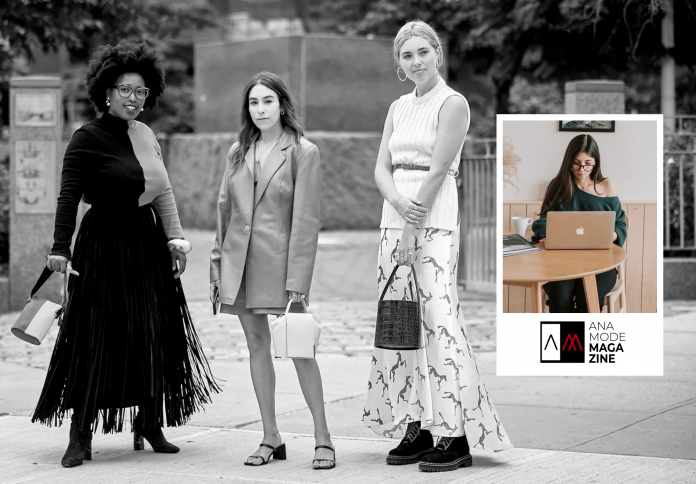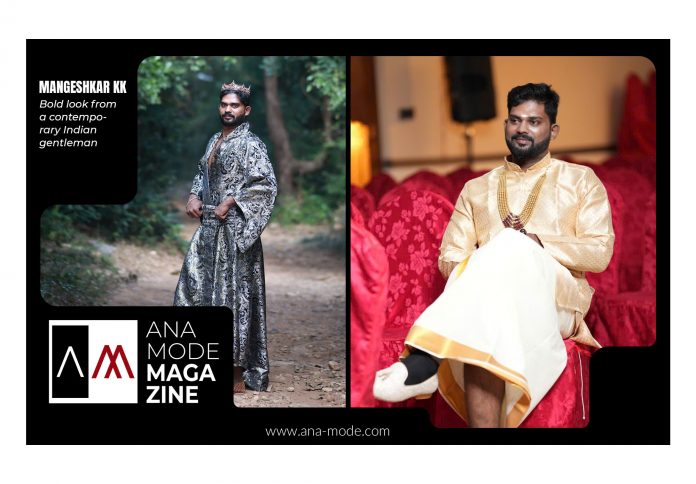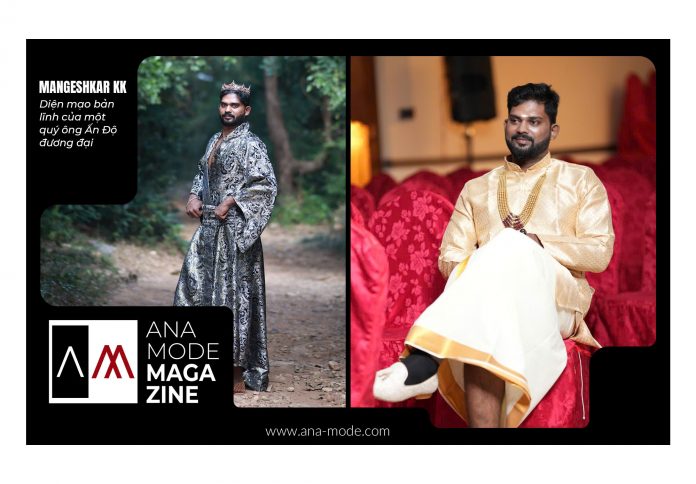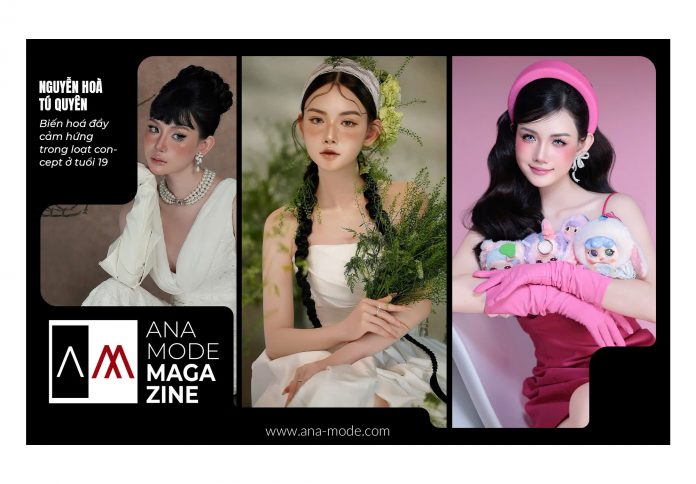Minimalism, or the minimalist style, is not just a fleeting trend in design or fashion. It is a lifestyle philosophy, a way of thinking and perceiving aesthetics that is subtly shaping the way a modern generation lives. Inspired by the famous principle “less is more”, minimalism is not about monotony or dryness, but the art of intelligent restraint, where every detail has a purpose. From living spaces, wardrobes, to how we organize our time or nourish our minds, minimalism does not scream for attention or boast, but makes one pause, reflect, and resonate. It is gradually changing the way we live, consume, and appreciate beauty.
Defining minimalism
Minimalism is a design philosophy and lifestyle that originated in the 20th century, particularly in modern art and architecture. One of the key features of this style is simplification, eliminating unnecessary details to retain only what is essential. The motto “less is more”, proposed by architect Ludwig Mies van der Rohe, has become the guiding principle of this style. Minimalism not only emphasizes simplicity in design but also reflects a purposeful way of living, where one carefully selects what is truly necessary and brings value.
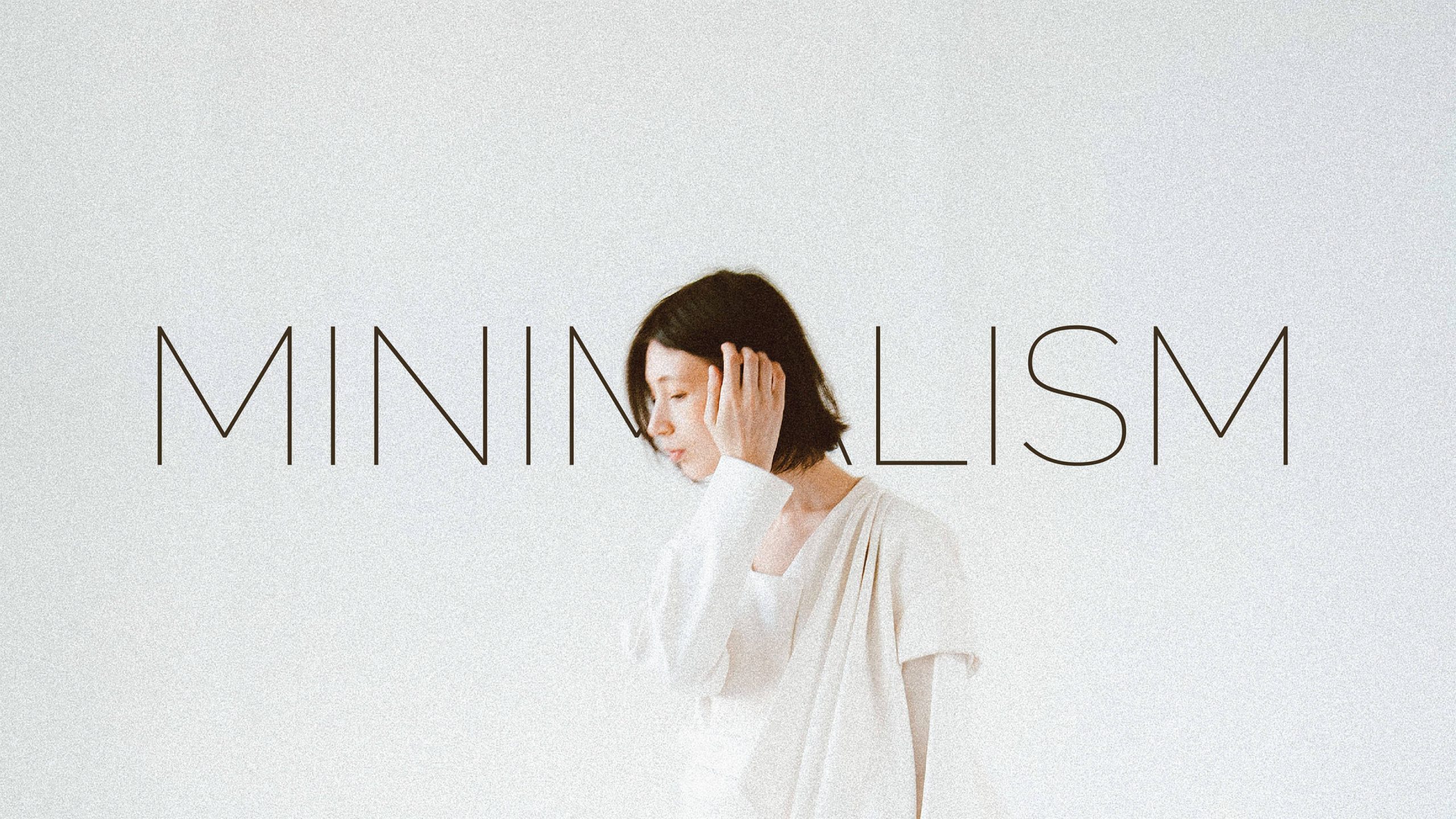
The concept of minimalism is often associated with the use of simple design elements that, despite their simplicity, create harmony and sophistication. In art and design, works in the minimalism style typically feature clear shapes, few details, and mostly monochromatic colors or a limited combination of neutral tones. While simple, these designs can still convey luxury and comfort to those who experience them.
Minimalism in fashion
Minimalism in fashion is characterized by simple designs that exude sophistication and elegance. Outfits in this style are not elaborate or flashy, but instead focus on quality, precise tailoring, and minimalist details. This style often uses simple tones such as white, black, beige, and gray, allowing the wearer to embody a refined beauty without the need for extravagant embellishments or excessive accessories.
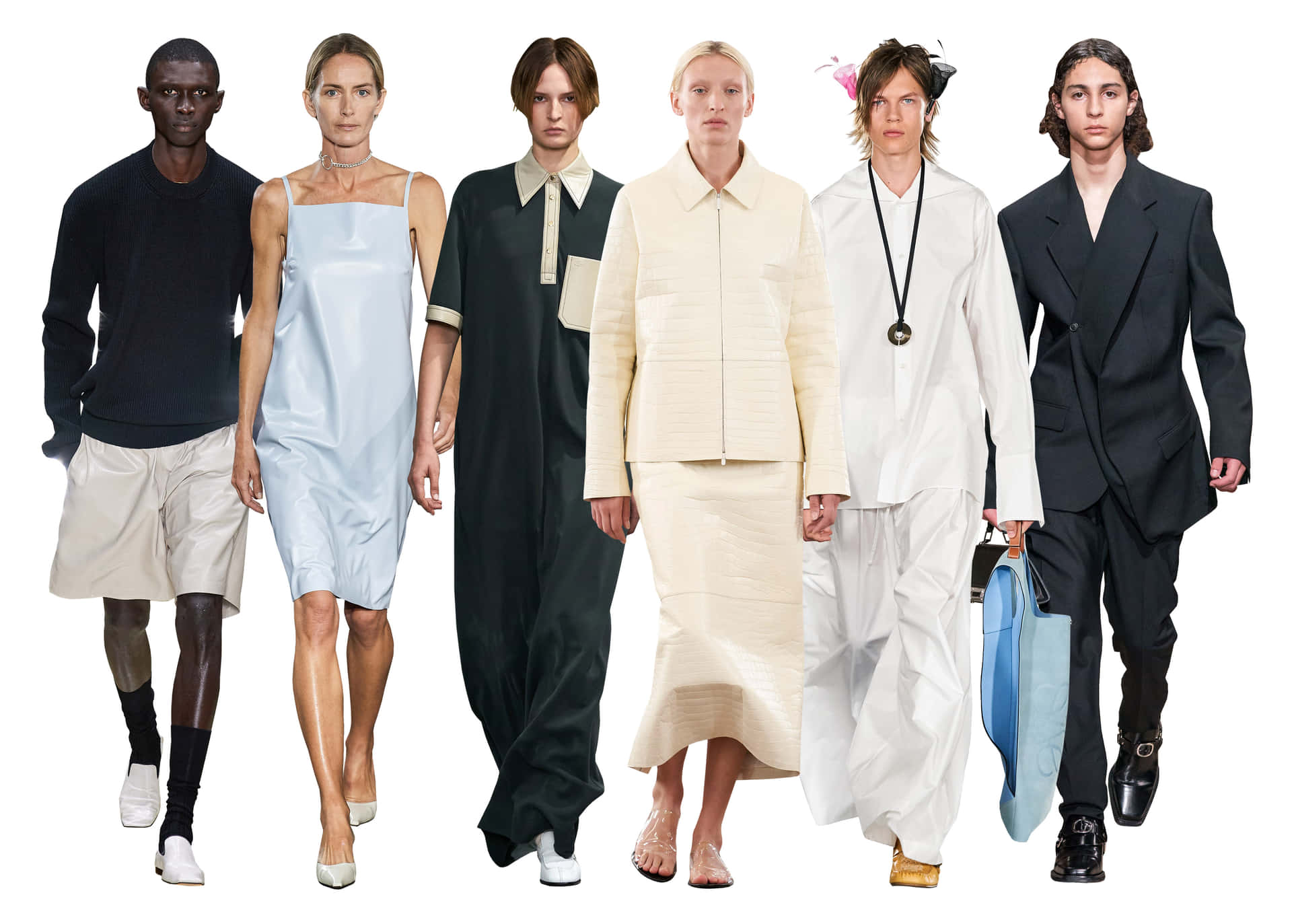
In fashion, minimalism represents a return to basic pieces that are easy to mix and match and can be worn for a long time. Items like a white shirt, black jeans, a simple shift dress, or a minimalist blazer are not only versatile but also reflect the personal style of the wearer. This is particularly appealing to modern youth, who favor convenience and flexibility in their wardrobe while still maintaining a fashionable appearance.
 A unique aspect of minimalism in fashion is its high versatility. With basic and easy-to-combine pieces, this style allows the wearer to seamlessly adapt to various situations, from the office to casual outings, or even attending formal events. Famous brands like Uniqlo, Zara, and H&M have embraced this style in their collections, contributing to the global popularity of minimalism.
A unique aspect of minimalism in fashion is its high versatility. With basic and easy-to-combine pieces, this style allows the wearer to seamlessly adapt to various situations, from the office to casual outings, or even attending formal events. Famous brands like Uniqlo, Zara, and H&M have embraced this style in their collections, contributing to the global popularity of minimalism.
Why is minimalism’s prevalence?
Minimalism is not just an aesthetic trend but also a lifestyle philosophy, reflecting the desire to find simplicity in today’s complex world. In the context of modern society, where individuals are confronted with an overwhelming amount of choices and information, this style helps reduce clutter and stress. Living minimally brings a sense of calm, comfort, and makes it easier to maintain balance in life.
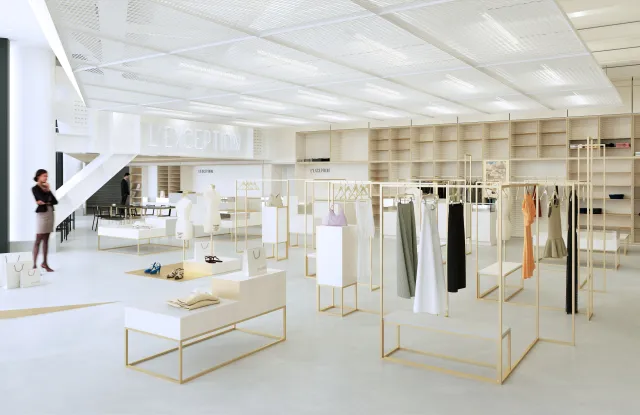
A major reason for the growing popularity of minimalism is the rise of consumerism and the search for genuine values. Rather than chasing after excessive products and belongings, many young people today seek harmony in life by reducing material possessions and focusing on what truly matters. This style not only helps them free up living space but also saves time and energy for more meaningful activities.
Minimalism also reflects a return to sustainable and long-lasting values. Items in this style are often of high quality, durable, and timeless, which helps reduce waste and resource consumption, while contributing to environmental protection.
Minimalist lifestyle: Combination of minimalism and modern life
The minimalist lifestyle is an integral part of the minimalism style. It is a way of living that seeks to reduce complexity in life, from material possessions to mental clutter, in order to help individuals find balance and happiness. People who embrace minimalism focus on keeping only those possessions and activities that bring real value, while minimizing waste and unnecessary consumption. This approach encourages a more intentional, mindful life, where the emphasis is on quality over quantity and simplicity over excess.

In the minimalist lifestyle, not only is the living space kept tidy, but time management and relationships are also handled selectively. Those who embrace this lifestyle often eliminate distractions to focus on what truly matters and promotes personal growth. Minimalism encourages living in harmony with nature and values sustainability, allowing individuals to find peace in their everyday lives.
Additionally, the minimalist lifestyle fosters creativity and reduces stress. When there is less worry about excess possessions or insignificant tasks, individuals can focus on their passions, hobbies, and new experiences, creating a deeper connection with themselves and the people around them.

Minimalism is not just a trend in fashion or design; it is a profound life philosophy that helps people seek clarity in a complex world full of information. Minimalism brings us a life with less stress, more ease, and creates opportunities to enjoy the true values of life. By applying minimalism to various aspects of life, from fashion to lifestyle, from living spaces to relationships, we can find peace, happiness, and fulfillment in the simplest things.
Wendy | Cameron Truong
